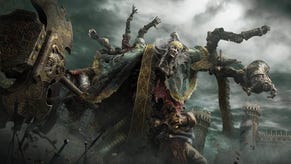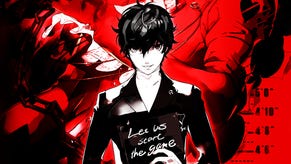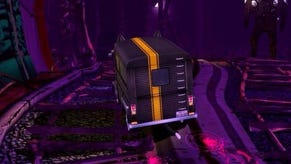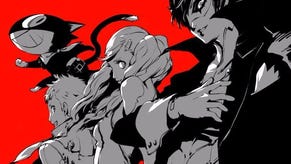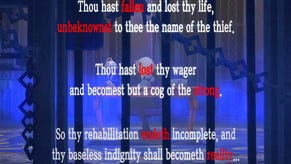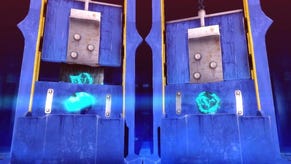Exploring the vast mythology of the Persona series
I am thou, thou art I!
"Imitations they may be, but together, they make a fine spectacle..."
When I played Persona for the first time, I was immediately enamoured of the game's diverse cast of eponymous personas. Heroes and horrors, bravehearts and behemoths, deities and demons; how could I ever choose just one persona to lean on? However, the more I played, the more familiar faces I recognised in the fray. And that's when I understood the majority of the series' personas are directly derived from actual mythology.
What's intriguing about this is it's not just a singular mythological cycle. The most recent God of War game draws heavily from Norse mythology, whereas Assassin's Creed Odyssey is directly influenced by the Grecian myths found in Homeric poetry. Persona, on the other hand, draws from a plethora of cultural and mythological sources from all over the world. It's got everything from Japanese folk beasties to legendary Celtic heroes.
That's where I found my entry point into Persona's curious mythological multiverse. When I saw the illustrious Cú Chulainn (pronounced coo-cullin) from Irish folklore, I saw a character I was already familiar with. In Persona, very little information is provided about the hero, as is the case with almost every other persona in the game. Cú Chulainn merely has a sprite, a moveset, and a short description about their origins.
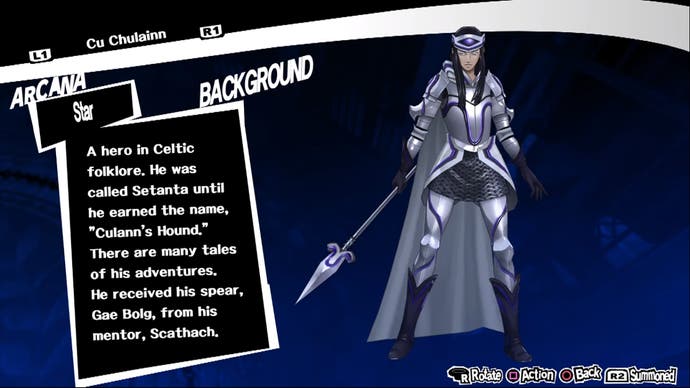
In Ireland though, we grow up hearing tales of the fabled warrior. His name - Cú Chulainn - is actually his name "as Gaeilge," which means in Irish. If translated, his title would be "Hound of Culann". A seemingly odd name at first, but as is the case with the best mythological stories, one derived from a fabulous tale.
Cú Chulainn was born with the name "Setanta," who happens to be another persona in the Persona series. As the story goes, Setanta is playing hurling when he is spotted by Conchobar mac Nessa, King of Ulster. Conchobar is so impressed by Setanta that he invites him to a magnificent feast at Culann the Smith's house later that evening. However, Conchobar arrives at the feast well in advance, and thoughts of having invited the hurling protegé slip his mind completely. As a result, when Culann asks if any guests have yet to arrive, the answer is a resounding no. Satisfied everyone in attendance is safe and secure, Culann lets his hound loose, known all across Ireland for its ferocity.
When Setanta arrives, he is inevitably attacked by the hound. There are many English translations of this ancient Irish story, so the exact details vary, but the general consensus is this: when the hound pounces on Setanta, he draws his hurley and drives a sliotar - a small, hard ball used in the Irish sport of hurling - into the hound's throat. Culann is of course heartbroken, having lost both his protector and friend; as a result, Setanta offers to raise a new pup, which will one day replace his hound. Until then, Setanta himself will patrol the smith's estate at night. At this point, Cathbad - chief druid of the King of Ulster - proclaims Setanta "Cú Chulainn": Hound of Culann.
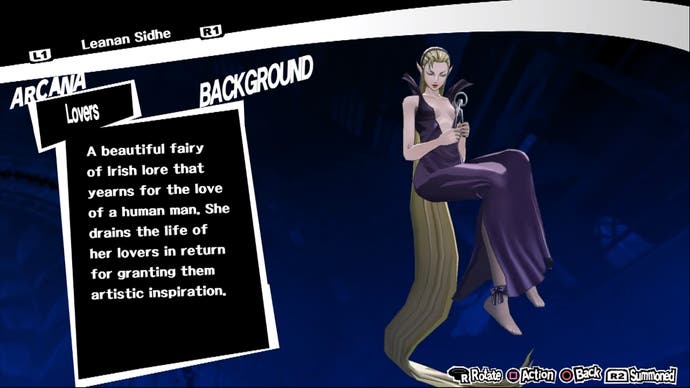
Just when I started to get excited about Cú Chulainn making an in-game appearance, I came across another persona I recognised from home: Leanan Sidhe. Another name derived from Gaeilge, leanan sidhe roughly translates as "fairy lover". As the Irish poet W.B. Yeats describes her in his folkloric studies:
"Death is no escape from her. She is the Gaelic muse, for she gives inspiration to those she persecutes. The Gaelic poets die young, for she is restless, and will not let them remain long on earth - this malignant phantom."

To this day, fairy houses exist all across Ireland. 10 minutes away from my house, in an area called The Burrow - essentially Dublin's version of The Shire - there is a shrine dedicated to fairies located in an almost entirely arbitrary patch of grass on the side of the road. Two tree stumps are embellished with tiny fairy doors, and there are all kinds of flowers growing around them. This is to please the fairy folk who inhabited these stumps in Irish folk tales, and to this day are immortalised as a cultural aspect of Irishness.
You can find fairy trails in parks all over Ireland, and there are even dining experiences designed with tales of the fairy folk in mind right here in Dublin. However, the most interesting thing is when you see these homages outside of a commercial setting. There are no tours of the fairy shrine in The Burrow, and there are no gimmicks; as a matter of fact, it's small enough to be a blink-and-you'll-miss-it arrangement. And yet, there it stands, maintained by an anonymous fairy sympathiser, perpetuating the parts of our folklore and culture that went on to serve as the basis for Persona 5's Leanan Sidhe.
Oscar Wilde's mother, known as Lady Wilde, wrote hundreds of fairy tales for children in the 19th Century. When I was at university at Trinity College Dublin, I was lucky enough to find one of her books in the Old Library, home of the world-famous Book of Kells. This book, called "Ancient Legends, mystic charms, and superstitions of Ireland," tells a whole range of tales about the imaginative realm of the fairy folk, and these are the stories Oscar Wilde himself grew up on. So embedded in Irish culture are the tales of Cú Chulainn and the fairy folk that it's highly likely the most famous Irish people you can think of are brought up on the exact same stories as the ones I'm writing about here.
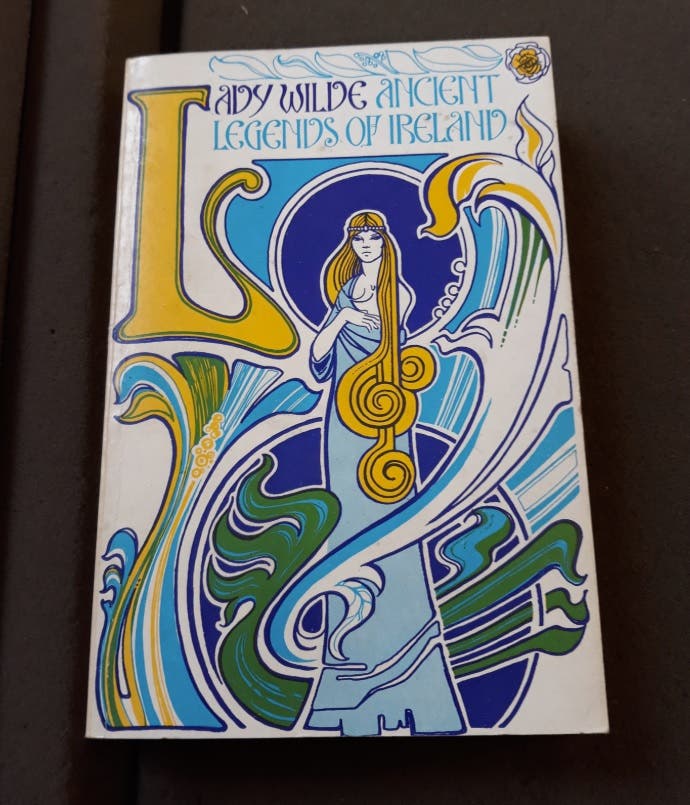
After seeing such a refreshing reflection of my own country's cultural heritage in Persona, I decided to look into the backgrounds of the personas I didn't recognise. Of course I knew some of the non-Irish personas. I knew Thor, Norse mythology's God of Thunder, and I knew Prometheus, the Grecian Titan credited as the creator of mankind. I even knew some of the more esoteric ones, such as Hecatoncheires, Beelzebub, Chernobog and Orpheus. However, some of the game's personas bore names I had never heard of. And so, I did a little research.
Did you know Garuda, the mythical bird with wings so large they can block out the sun, is often documented as the mount of Vishnu in Hindu mythology? Or in Australian Aboriginal folklore, Mokoi is the evil spirit who punishes those who indulge in black magic, and is even regarded as the bringer of death itself?
The deep well of Persona's mythological influence travels ever deeper. Consider Koropokkuru, the small gnomic figure that starts to appear in some of Persona 5's later palaces. This depiction of Koropokkuru comes directly from the myths of the Ainu people in Japan. The name is composed of three parts: "koro," which means "butterbur plant", "pok," meaning "below," and "kuru," which translates to "person". Altogether, the name means "people below the butterbur plant," which makes sense given the fact in Ainu folklore, Koropokkuru were seen as a race of small people, not unlike gnomes or fairies, who lived in houses made from the leaves of butterburs. And in Persona, Koropokkuru is a small, bearded man holding a leaf twice the size of him. I always thought this was a cool design, but it's even better now I know where it comes from.
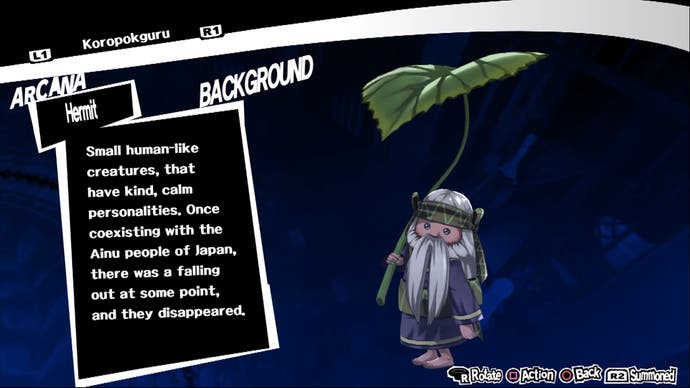
And what about the almighty dragon, Seth? When I first saw the jet black scales of this colossal serpent, I was confused as to why a dragon was named "Seth". After a little digging, I discovered stories of Set from Egyptian mythology. Seth is often regarded as one of the most infamous deities of the Egyptian cycle, even killing his own brother, the famed Osiris.
When attempting to reconcile Seth's appearance with an animal counterpart, historians eventually settled on making Seth a Typhonic deity, which is a term derived from Greek mythology's Typhon (the massive serpentine monster who attempted to usurp Zeus). Perhaps this is why Seth appears as a dragon in Persona; after being conflated with Greece's Typhon, the Egyptian god of destruction and chaos has become intrinsically intertwined with the serpentine aesthetic. And this too has its own cross-cultural references; for example, when Moses turns a staff into a snake in The Bible's Old Testament, it is likely the imagery is directly derived from early staves adorned with Set's serpentine visage. And I learned all of this just from one sprite in Persona!

At the end of Persona 5, you must use Fusion - a method of combining two weaker personas into a stronger one - in order to awaken Satanael. Although this might seem like a unique creation on the developer's part, Satanael is actually a spirit who was cast out of heaven, much like Satan, which actually forms part of his name. In fact, in certain denominations of Judaism, Satanael is the name for Satan. So when you summon Satanael to fight at the end of Persona 5, you're fighting alongside The Devil - an idea reinforced by the fact you fight Gabriel, Michael and several other angels on your way to the final boss battle.
I got my entry point into Persona's vast mythological multiverse when I recognised some of my own country's folklore in the game, but it wasn't until I started researching the other personas that I realised just how vast its influence was. In a way, Persona opened my eyes to the mythological history of a plethora of other cultures, and that ended up being a truly incredible thing. After I finished the game, I started reading about all of the personas I talked about above, as well as a whole host of other ones. And to this day, my knowledge of the corresponding myths and folklore is a little bit better. So Persona taught me a lot - or perhaps it's more accurate to say it encouraged me to teach myself. All those times I eschewed real-life studying to improve my Knowledge stat in-game actually ended up paying off.
At least now I know why the dragon is called Seth.


